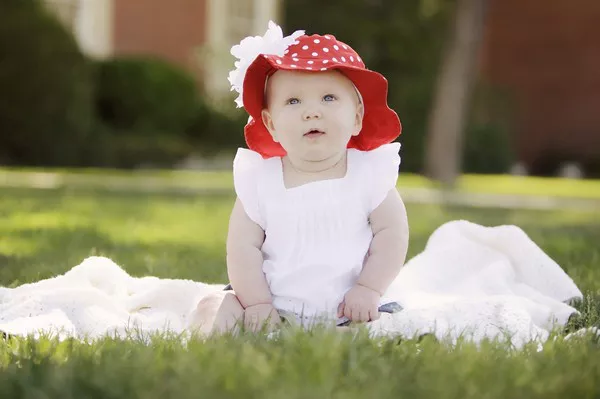In the dynamic landscape of a child’s early years, physical development plays a pivotal role in shaping the foundation for a healthy and thriving future. Understanding the nuances of early childhood physical development is crucial for parents, educators, and caregivers alike. In this comprehensive guide, we delve into the key aspects that contribute to the optimal physical development of young children.
Motor Skills Mastery: The Building Blocks of Physical Development
At the heart of early childhood physical development lies the mastery of motor skills. These fundamental abilities encompass both fine and gross motor skills, each playing a distinct role in a child’s physical growth.
Fine Motor Skills: These intricate movements involving smaller muscle groups, such as hand-eye coordination and finger dexterity, are essential for tasks like writing, drawing, and buttoning. Encouraging activities like finger painting, building with blocks, and threading beads can significantly enhance fine motor skills.
Gross Motor Skills: Larger muscle group coordination is critical for activities like running, jumping, and climbing. Engaging children in outdoor play, sports, and structured physical exercises fosters the development of gross motor skills. Research suggests that children who actively participate in such activities exhibit improved balance, coordination, and overall physical fitness.
Cognitive Development Through Physical Engagement
The symbiotic relationship between physical activity and cognitive development is a cornerstone in the holistic growth of a child. Scientific studies highlight the intricate connections between movement and brain function, emphasizing the need for a well-rounded approach.
Spatial Awareness: Activities that involve navigating through space, such as obstacle courses and interactive games, contribute to the development of spatial awareness. This, in turn, enhances a child’s ability to understand and interpret the physical world around them.
Executive Function: Engaging in physical play stimulates the brain’s executive functions, including problem-solving, decision-making, and impulse control. Encouraging children to participate in activities that require planning and coordination helps fortify these cognitive skills.
The Crucial Role of Play in Physical Development
Play is the language of childhood, and its significance extends far beyond mere amusement. It serves as a powerful catalyst for physical, social, and emotional development, making it an indispensable component in the early years.
Imaginative Play: Activities that involve imagination and creativity contribute to the development of both fine and gross motor skills. Role-playing, building forts, and engaging in pretend play not only stimulate physical movement but also foster emotional intelligence and social skills.
Structured Play: Incorporating structured play, such as organized sports or group activities, provides children with valuable opportunities to develop teamwork, coordination, and a sense of discipline. Studies show that children who participate in organized sports exhibit enhanced physical fitness and improved social skills.
Balancing Screen Time: Nurturing Healthy Habits
In today’s digital age, striking a balance between screen time and physical activity is imperative for the overall well-being of children. Excessive screen time has been linked to sedentary lifestyles and a range of health issues, emphasizing the need for mindful use.
Recommendations: Experts recommend limiting screen time for young children and promoting activities that involve physical movement. Encourage outdoor play, sports, and interactive games that not only contribute to physical development but also reduce the risks associated with prolonged screen exposure.
Educational Apps: While digital resources can be educational, moderation is key. Opt for interactive educational apps that promote learning through engagement rather than passive screen time. Additionally, co-viewing and discussing content with children can enhance the educational benefits.
Parental Involvement: A Catalyst for Physical Growth
Parents play a pivotal role in nurturing the physical development of their children. Creating a supportive environment and actively participating in physical activities can significantly impact a child’s overall well-being.
Family Fitness: Incorporating family-friendly physical activities, such as hiking, biking, or simple exercises, not only promotes physical health but also strengthens the parent-child bond. Leading by example, parents can instill a lifelong appreciation for an active and healthy lifestyle.
Outdoor Exploration: Encouraging outdoor exploration and nature-based activities allows children to engage with their environment, fostering a sense of curiosity and a connection to the natural world. Studies suggest that exposure to nature positively influences physical and emotional well-being.
In conclusion, the physical development of early childhood is a multifaceted journey that encompasses motor skills mastery, cognitive development, the transformative power of play, mindful screen time management, and the indispensable role of parental involvement. By understanding and actively embracing these facets, we pave the way for a generation of children poised for a future of physical vitality and overall well-being.


